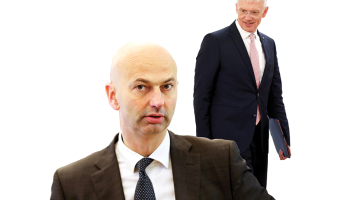
Foto: Andriuss Ufartas, F64
Whatever government will be formed after Saturday's election and whoever will occupy the ministry seats, one thing is clear: No plain sailing for the economy yet although it - seemingly - has stabilized.
Growth for the second quarter of 2011 as compared to the second quarter of 2010 is a quite respectable 5.6% but as can be seen from Figure 1 it is not exactly broad-based yet.
Figure 1: GDP, private consumption, government consumption, private investment (gross capital formation) and exports, 2007 Q1 = 100
Source: Central Statistical Bureau
Figure 1 tries to show the development of GDP and its demand components since the last year of economic growth, i.e. 2007. Only exports are today above 100, meaning that it is the only one of these economic variables that today accounts for more quantity than in 2007.















